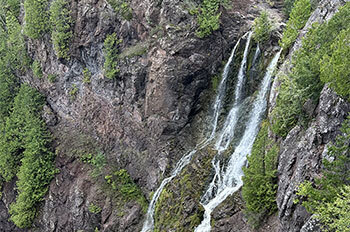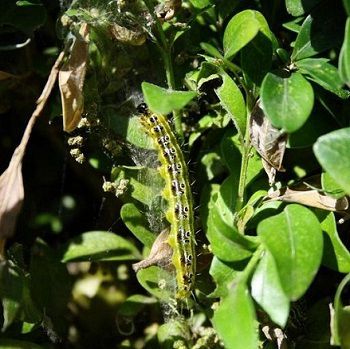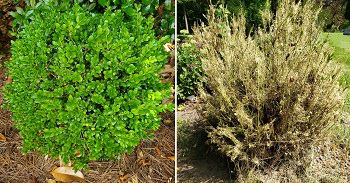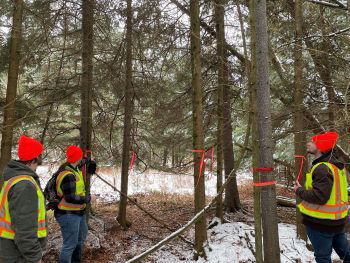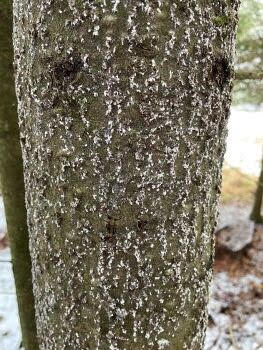Suspected cases can be reported online at Michigan.gov/ReportBTM
The Michigan Department of Agriculture and Rural Development is addressing the detection of box tree moth (Cydalima perspectalis) in Lapeer County recently reported by the United States Department of Agriculture. Although this invasive pest is not a threat to Michigan’s natural resources, it can lead to significant defoliation and death of ornamental boxwood.
The new population of box tree moth was discovered through monitoring efforts in collaboration with the USDA. MDARD has been conducting statewide trapping for the pest, while the USDA has focused on trapping around the perimeter of the other 12 counties currently under quarantine to track the spread of this pest.
“These surveying and trapping efforts play a significant role in helping monitor and slow the spread of box tree moth within our state,” said Steve Carlson, MDARD’s Pesticide and Plant Pest Management Division Director. “We’re continuing to work closely with Michigan’s horticulture industry to ensure the safe trade of plant materials and minimize the impact on nurseries, greenhouses, and retailers both inside and outside of the quarantined area.”
In 2023, MDARD implemented a box tree moth interior quarantine, which now encompasses 12 counties in Southeastern Michigan: Clinton, Eaton, Ingham, Jackson Lenawee, Livingston, Macomb, Monroe, Oakland, St. Clair, Washtenaw, and Wayne. MDARD is currently working to update the quarantine to include Lapeer County, which would make it the 13th county impacted by BTM. Read more
